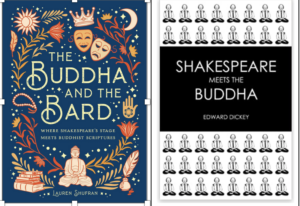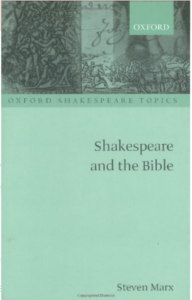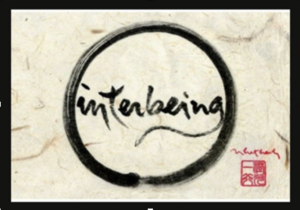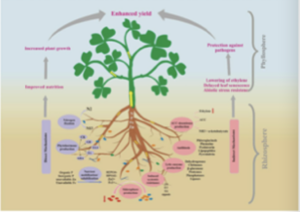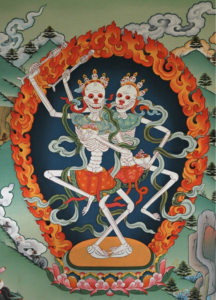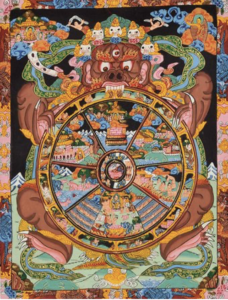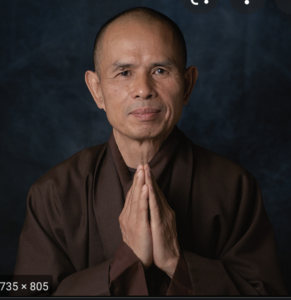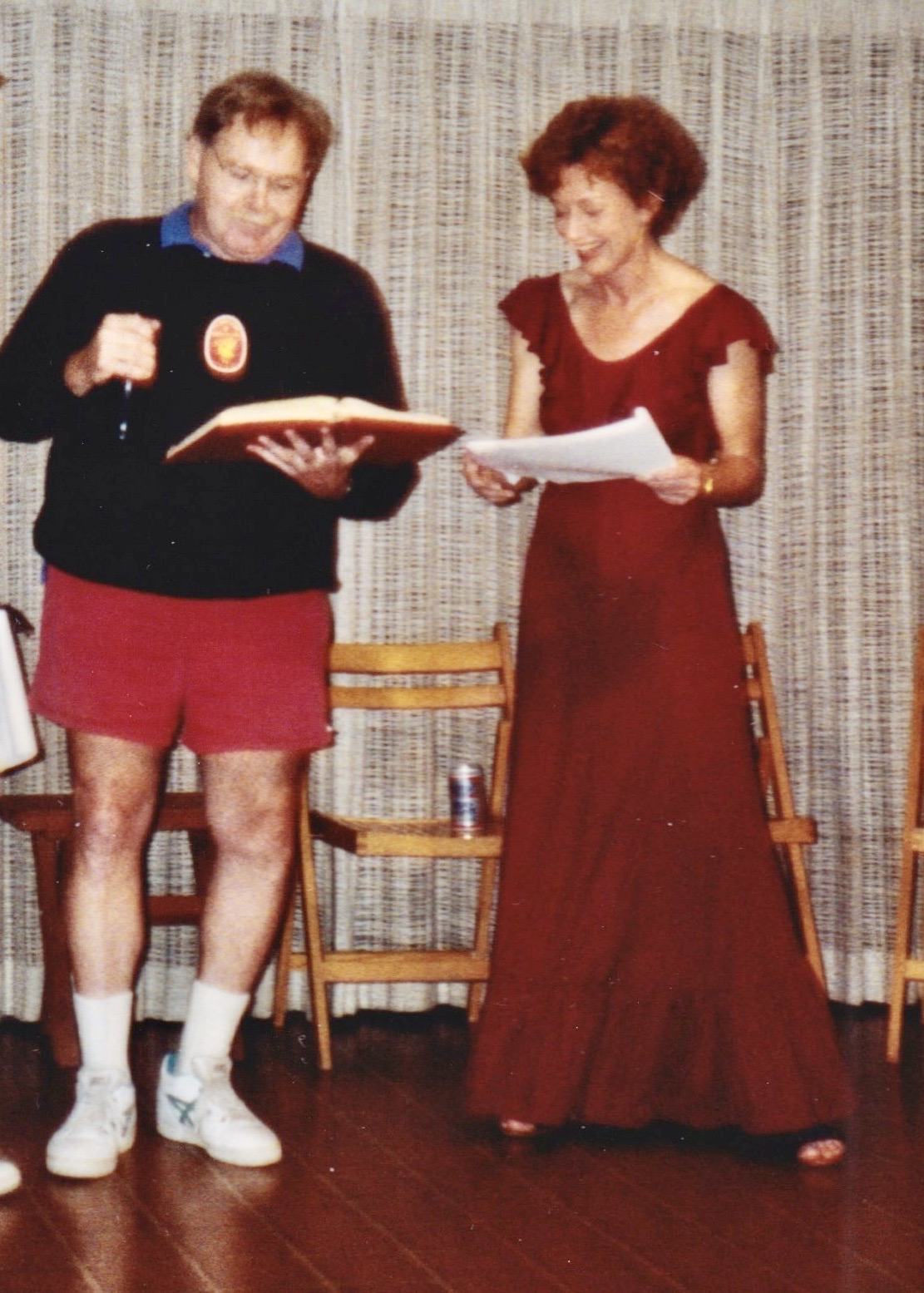Buddhist Shakespeare
Monday, February 6th, 2023An Address to the White Heron Sangha
February 5, 2023
Good evening fellow White Heron Sangha members and visitors. Thank you for once again inviting me to give a Sunday night Dharma Talk.In some previous ones I’ve explored ways that American literary writers I admire, specifically, Henry David Thoreau, Jack Kerouac and Leonard Cohen, were influenced by Buddhist texts and incorporated them into their own unorthodox experiences and writings.
Tonight, I want to examine ways that the works of William Shakespeare connect with my understanding of Buddhist principles. There’s no evidence that this sixteenth and seventeenth century British writer had any exposure to Buddhist teachings. Nevertheless, I find in his works many ideas in common with what’s called “the Dharma,” identifiable with what Joseph Campbell called The Perennial Philosophy.
In the immense body of Shakespeare literary criticism since 1948, I’ve found only two items, both quite recent, that treat this subject: The Buddha and the Bard by Lauren Shufran (May 2022) and Shakespeare Meets the Buddha by Edward Dickey (October 2021).
My own interest in the subject arises from an academic career that included teaching, directing and writing about Shakespeare—including a book which argued that Shakespeare read the Bible as literature and construed its varied depictions of God as personifications of the theatrical roles of author, director and actor.
In this talk I will align six Buddhist doctrines with recurrent Shakespearean themes
1 Emptiness and Form, Prajnaparamita –The World as Stage
2 The First Noble Truth, Dukkha–Tragic Suffering
3 Dependent Co-arising, Ptratityasamutpada–Motivation and Causality
4 Impermanence, Anicca–Time
5 Delusion, Avidya–Error
6 No-self, Anatta–The Person as Actor
Separating, labelling and numbering these ideas is somewhat misleading, since they often overlap or blend. However, this kind of schematic analysis is typical both in Buddhist texts and in literary criticism because it opens new ways of understanding. (more…)

